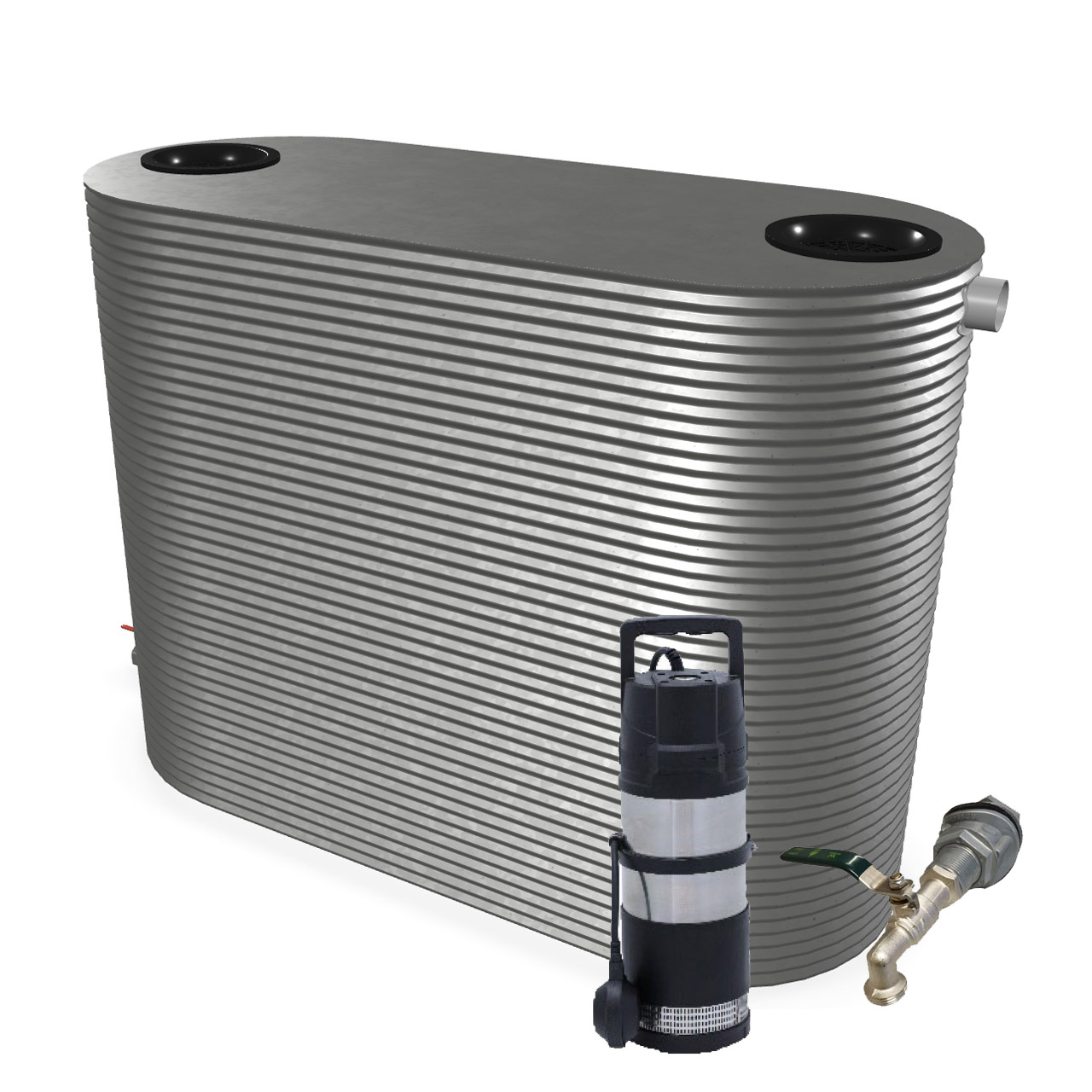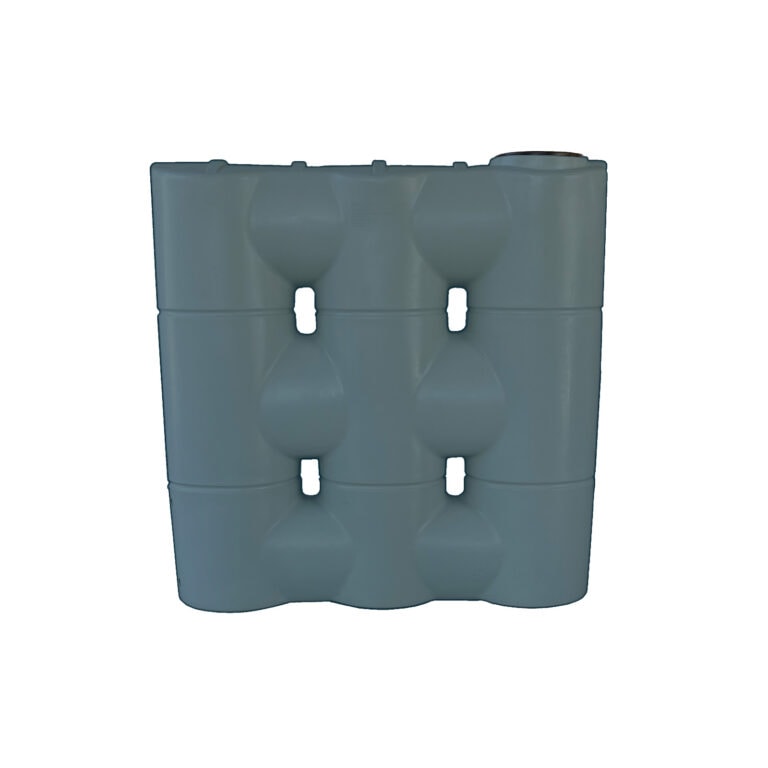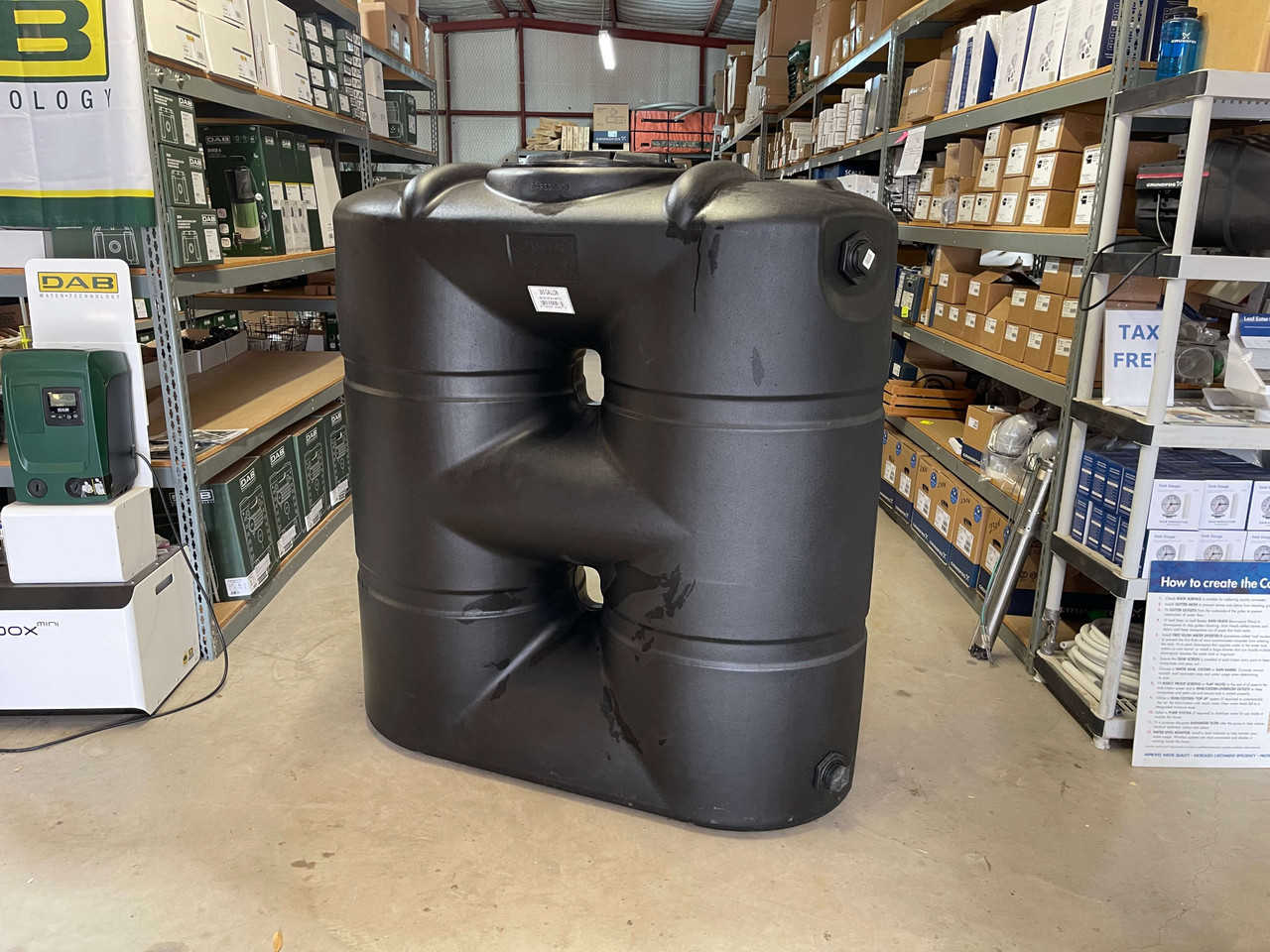Slimline Water Tanks: Elegant and Practical for Modern Residences
Slimline Water Tanks: Elegant and Practical for Modern Residences
Blog Article
Recognizing the Importance of Rainwater Containers in Drought-Prone Regions for Water Safety
In regions susceptible to long term droughts, the role of rain tanks in strengthening water safety is a topic of expanding significance. As communities face the challenges of water deficiency, comprehending the significance of these containers goes beyond plain collection of rainwater. Rain storage tanks serve as a vital tool in mitigating the impact of water scarcities by offering a lasting resource of water for different demands. The true value of rain containers extends far past plain storage; it includes resilience-building actions and the promotion of long-lasting water preservation strategies. This diverse technique to water security warrants a better assessment of the duty rainwater tanks play in making sure a reliable supply of water throughout times of dry spell.
Benefits of Rain Tanks
Utilizing rain containers provides a sustainable service for augmenting water supply and improving water protection in household and industrial settings. Among the main advantages of rain tanks is their ability to decrease reliance on keys water system. By catching and keeping rainwater that drops on roofs, this different source can be made use of for different non-potable purposes such as irrigation, flushing bathrooms, and cleaning clothing. This not just preserves cured alcohol consumption water however additionally decreases water bills for users.

Rain Harvesting Methods
Rainwater gathering techniques encompass a variety of methods developed to effectively accumulate and save rainwater for different objectives, contributing to water preservation and sustainability. One usual strategy is the setup of rooftop catchment systems, where rain is collected from the roofing of a building and routed to a tank. This technique is fairly basic and cost-effective. One more preferred technique is making use of above-ground or below ground tank to keep rainwater for later use. These containers are available in numerous sizes and products to fit different needs and can be attached to the existing plumbing system for easy access.

Moreover, rain gardens and absorptive sidewalks are ingenious strategies that include landscape design or paving surfaces in such a way that allows rainwater to percolate right into the ground, replenishing groundwater reserves. Additionally, shape farming and terracing are agricultural practices that assist catch rainwater and avoid soil disintegration in hilly surface. By applying these varied rainwater harvesting methods, areas can improve water safety and security and strength in drought-prone regions while advertising sustainable water monitoring methods.
Significance of Water Safety
Making certain trusted access to clean and his comment is here enough water resources is vital for sustaining human wellness, economic advancement, and environmental health. Water security is a crucial element of societal resilience, especially in regions vulnerable to dry spells and water scarcity. Sufficient water security incorporates various dimensions, consisting of schedule, top quality, and availability of water for residential, farming, industrial, and ecological needs.
Water safety and security plays an essential function in advertising public wellness by reducing the occurrence of waterborne conditions and ensuring sanitation centers. Financially, water safety is important for farming productivity, industrial procedures, and general economic development. Slimline water tanks. Furthermore, water safety is very closely linked to environmental sustainability, as it supports communities, biodiversity, and general environmental balance.
In drought-prone regions, water safety and security becomes a lot more essential due to the heightened threat of water shortages. Executing techniques like rainwater harvesting, water recycling, and reliable water monitoring methods can dramatically improve water protection in these areas. By Continue focusing on water security, neighborhoods can much better withstand the effects of climate change, population growth, and various other obstacles that threaten water accessibility.
Enhancing Water Resilience
With enhancing international water challenges, constructing resilience in water systems has actually ended up being a critical emphasis for sustainable growth efforts. Enhancing water durability involves applying approaches to make sure water availability and high quality despite transforming ecological conditions, such as dry spells, floodings, and pollution.
One key element of improving water resilience is promoting using rain storage tanks in drought-prone areas - Slimline water tanks. Rain storage tanks function as an effective methods of catching and storing rain for later use, minimizing dependence on limited freshwater resources during completely dry durations. By incorporating rain harvesting systems into water monitoring strategies, neighborhoods can enhance their capacity to withstand water shortage and keep water safety

Sustainable Water Conservation
In the middle of intensifying water challenges, the prudent administration of water resources via sustainable conservation practices is essential for ensuring long-lasting environmental security and societal health. Sustainable water preservation requires the effective use water resources to meet current needs without compromising the capability of future generations to meet their own demands. By applying approaches such as rain harvesting, greywater recycling, and water-efficient modern technologies, communities can reduce water wastage and reduce pressure on freshwater resources.
Moreover, lasting water preservation methods add to ecosystem wellness by preserving adequate water levels in rivers, lakes, and wetlands, supporting biodiversity, and maintaining all-natural habitats. These methods additionally play an important duty in alleviating the impacts of climate modification by assisting to adapt to changing rainfall patterns and water availability.

Conclusion
To conclude, rain containers play an important function in enhancing water safety and strength in drought-prone areas. By using rainwater harvesting go to this web-site techniques, neighborhoods can lower their reliance on conventional water resources and advertise lasting water preservation techniques. This not just helps alleviate the effects of water shortage throughout droughts but additionally adds to long-lasting water security and strength despite climate adjustment challenges.
Report this page